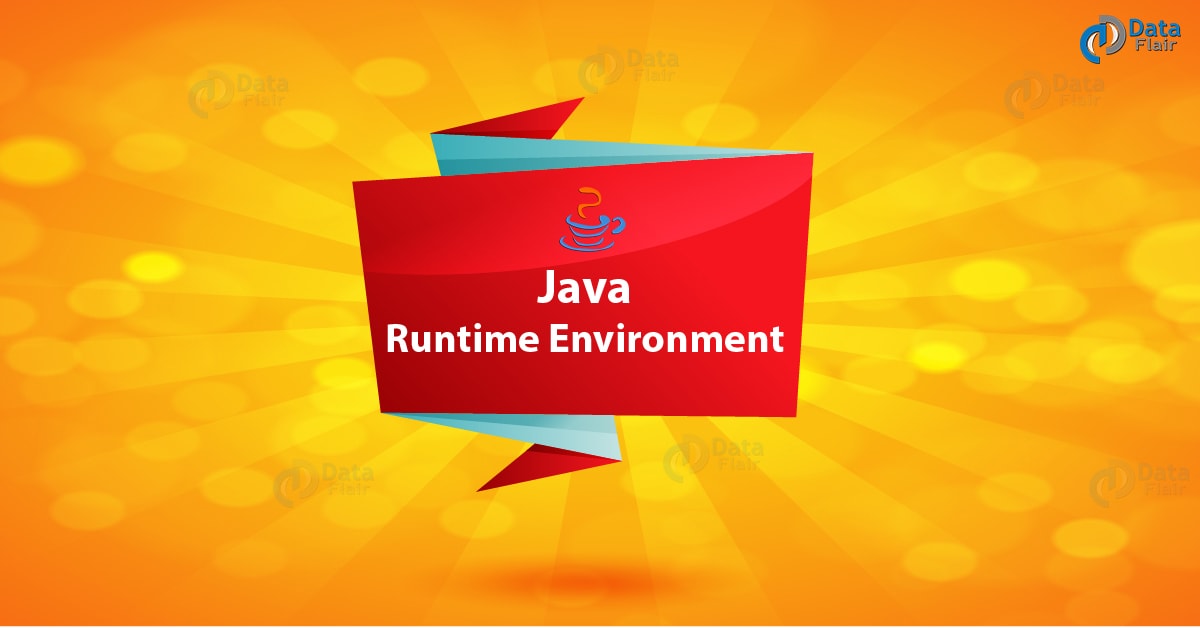Learn JRE (Java Runtime Environment) With Example
Free Java courses with 37 real-time projects - Learn Java
1. Objective
In our last Java tutorial, we discussed Java Use Cases. Today, we will see the Java Runtime Environment. Moreover, we will understand JRE with the help of the example.
So, let’s start Java Runtime Environment.
2. What is The Java Runtime Environment?
Definition of JRE – It’s a JDK’s (Java Development Toolkit) part. We can download it separately. Java Runtime Environment or JRE use to provide an environment during runtime, and it causes implementation of JVM (Java Virtual machine).
The JRE property specifies the Java Runtime environment that uses by the code generator for kind analysis functions. This could well, perhaps even commonly, be a different JRE than the one that uses to run the code generator.
If you’ve got coded in Java for a while, you know that Java types change over time. Let’s say, the java.lang.String kind has gained many methods and even a super interface over the years. Sometimes, methods or types deprecate and that they might vanish from a later Java version.
You usually recognize the version vary of Java Runtime Environments that your application must support. This may be a particular JRE version or it would be something later than version X. This requirement ought to be the determining factor for your choice of JRE property.
Due to the character of the product, it’s not illegal to generate proxy types with a different JRE version than what you will be running with, it’s simply counter-recommended. Just think: you generate with Java types from a JRE one.6 and then you run on a JRE 1.3. Everything might work fine or you might have used a method that doesn’t exist in JRE one.3 and your application crashes horribly as a result of a Java exception is thrown that you are not ready to handle.
The JRE property typically derives from the JDK property.
3. Example of JRE
So, let’s see the example of the Java Runtime Environment: JRE Version.
If you ask for a specific JDK by version number, and the JDK install in a method that terp will locate it, you’ll simply say.
^jre(1.5)
To select the Java Runtime environment with version 1.5. You’ll also have used a string argument as in:
^jre(“1.5.0”)
In this case, the string argument was necessary because you’re specifying the version with 3 qualifying parts (major, minor, and release) which don’t parse as a decimal number. The string type would even be necessary to specify double-digit minor numbers as a result of 1.50 without quotes is interpreted as “one point five zero” and not as “one point fifty.”
Let’s explore java data Structure
4. Conclusion
Hence, in this JRE tutorial, we discussed the concept of the Java Runtime Environment. Moreover, we saw the example of Java Runtime Environment. Still, if any doubt, ask in the comment tab.
See also –
Difference Between JDK vs JRE vs JVM
If you are Happy with DataFlair, do not forget to make us happy with your positive feedback on Google


